Hi guys, thank you very much.
Spiritdreamer, I would say the biggest reason to create a boxy kind of model such as the room I created there in another application other than Zbrush would mainly be the speed at which you could get a project like that done, and secondly the ease of frustration of doing it.
Zbrush is the best sculpting program made in my opinion, but there are other programs that make creating clean base geometry as easy and problem free as zbrush makes sculpting, if that makes any sense.
I would like to advocate for Hexagon, the program I used there to create the room, however I really can’t do that in good conscience for a couple reason, I’ll weigh in with some pros and cons, with the cons first, since they’re pretty big cons.
Cons:
They may never develop for the product again. It is in Limbo right now as the company that made it is focusing all of the attention on other applications in their line.
If they do not update Hexagon, then as technology advances and operating systems, drivers and workflows evolved, this program, like others that have died out will become obsolete and may not even run on systems in the future. It’s got the potential to become obsolete, and that’s the biggest con.
Secondly, it’s unstable and has several critical bugs that cause it to crash frequently unless you know how to finesse it and work-around all those bugs that can cause it’s instability. Imagine if they stopped updating Zbrush at version 2, and then just left us with all that potential, never realizing the modern workflows that people would need and how things change and how bugs need to be fixed to prevent frustration, well that’s what is happening with Hexagon, so I don’t really recommend it on those grounds.
Now the pros of the software are that’s it’s really affordable, slick interface, simple to learn and once you get good at it you can zip through creating simple geometry in no time flat for use in other programs. It has rudimentary displacement brushes, smoothing brushes and all of the barebones tools you would need to create simple geometry. However, it suffers from so many little bugs that things that would simple in other more expensive packages are completely maddening to attempt to do in Hexagon. But for what it’s worth, and the cost it is acquired at, there is alot you can do with once you realize it’s limitations.
If anything it’s taught me the fundamentals of geometry creation in a package outside of zbrush, such as box modelling, spline modelling and extruding faces, making edge loops and such without too much headache and integrates very well as a “base modeller” for zbrush.
Now, there are other options out there and I’ve tried most of them along the way and there are even free options such as Blender and Milkshape to explore. But for me personally, Hexagon was a good fit at the time I needed an alternative to zbrush and it really opened the door for me into the realm of creating 3d objects outside of zbrush in a more “traditional” manner. Unfortunately it may not be developed for again in the future which severely limits usefulness in knowing the software in this ever-changing hobby/field/adventure.
But all that being said, hey, it’s good enough right! Gets the job done quickly and efficiently and I can always model out quick stuff very efficiently with it and when all is said and done, that’s pretty much all I need (for the most part). One day another option might come down the line at that price point, or who knows, by the time Hexagon is obsolete, Pixologic may have broken down and given us a “box modeller” and “traditional modelling” solution directly in zbrush to finally bridge the gap once and for all between having to use other apps to get the easy jobs done quickly. They work on so many things and come up with so many cool workflows but at times I’ve felt they could implement as well “rooms” such as the painting “room” we jump into with the Paintstop plugin when we want to do certain tasks.
I would love it, love it …if Pixo put in some kind of traditional “geometry room” we could jump in to to create in a more fundamental approach, directly in zbrush, the base geometry we like to start out with. Creating something as simple as a polycube for instance takes an extreme amount of abstract thinking in zbrush whereas it’s as simple as drawing a cube and changing one or two numbers in all other apps. They’ve pushed the envelope of 3d creation so far here, but on the reverse side, have had to regain lost ground as they didn’t also keep in mind the simple things.
Like my colorize brush not even working now haha. I used to LOVE the colorize brush, but I think with all the new changes they just get overwhelmed at times and leave some of the older functions in the dust. Like Multi Markers, and how it works about 50/50 now. Or never giving us the option to use x y and z symmetry in 2.5d paint mode, so when we go to projection master we lose all of our beautiful symettrical functions and such. Stuff like that, you always got to have a backup plan, other software to use because I honestly think it’s better to know more than one, to keep your options open for the day the program you’re using just loses sight of things that another program excels at.
Man I wish I could have said that more simply as it’s alot to read and might not make alot of sense. If I were to say it simply I would say “One thing for one thing, another thing for another.” Traditional modelling software for roughing out clean geometry and Zbrush for sculpting and for exploring artistic methods of creating and realizing ideas rapidly. I wish (along with probably so many others) that Zbrush did do it all, but they have enough on thier plate and they have boundaries to push so I think at times the simple things get overshadowed by the new and amazing ways they come up with for us to work. Oh well, back to learning, thanks for asking a question here, and have fun
 ](javascript:zb_insimg(‘190306’,‘shoerender1.jpg’,1,0))
](javascript:zb_insimg(‘190306’,‘shoerender1.jpg’,1,0))
 ! Thanks.
! Thanks.
 ](javascript:zb_insimg(‘190669’,‘crazy-skirt.jpg’,1,0))
](javascript:zb_insimg(‘190669’,‘crazy-skirt.jpg’,1,0))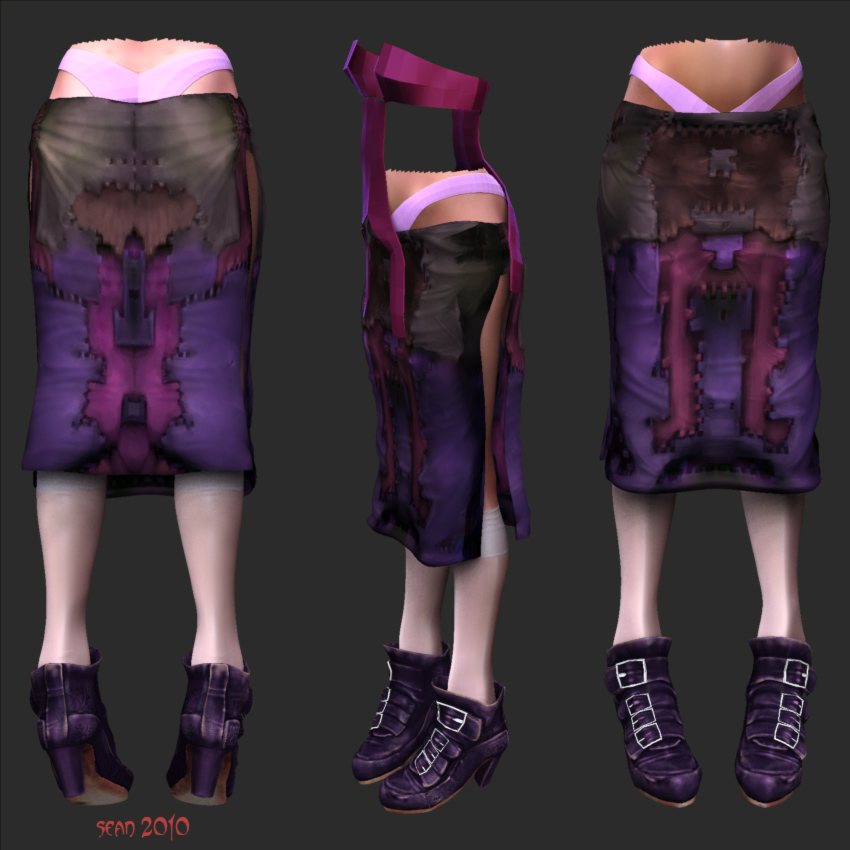
 I’m always loseing stuff with that error message…really pisses me off, but now I have something new to try out next time it happens to me…THANKS for that useful tip…
I’m always loseing stuff with that error message…really pisses me off, but now I have something new to try out next time it happens to me…THANKS for that useful tip… ](javascript:zb_insimg(‘190995’,‘elisa-temp-render-1.jpg’,1,0))
](javascript:zb_insimg(‘190995’,‘elisa-temp-render-1.jpg’,1,0))

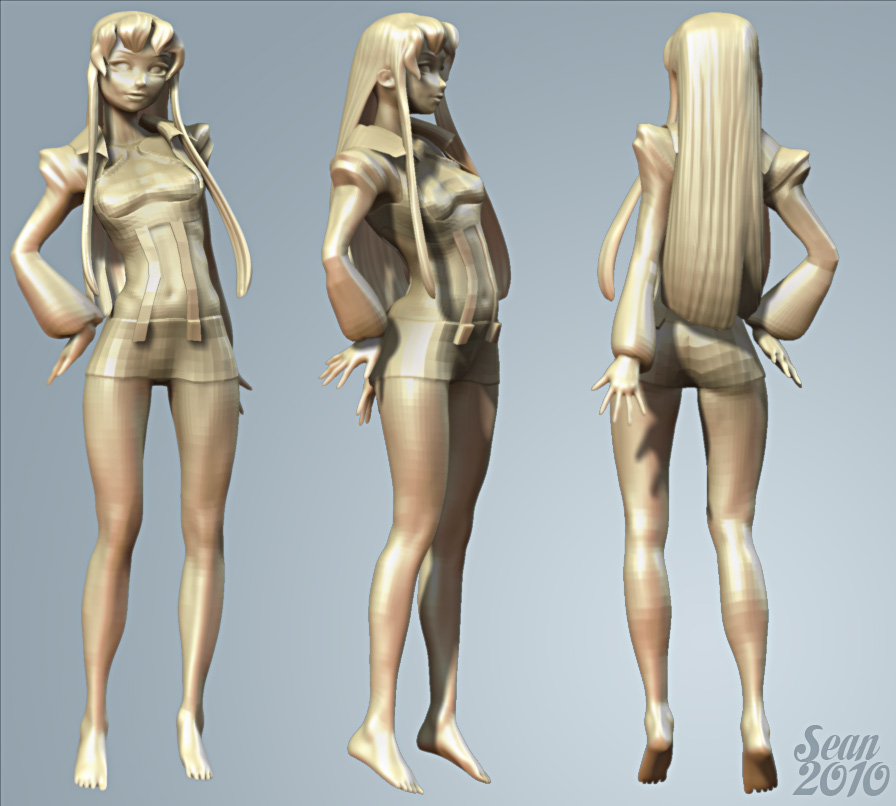 ]
]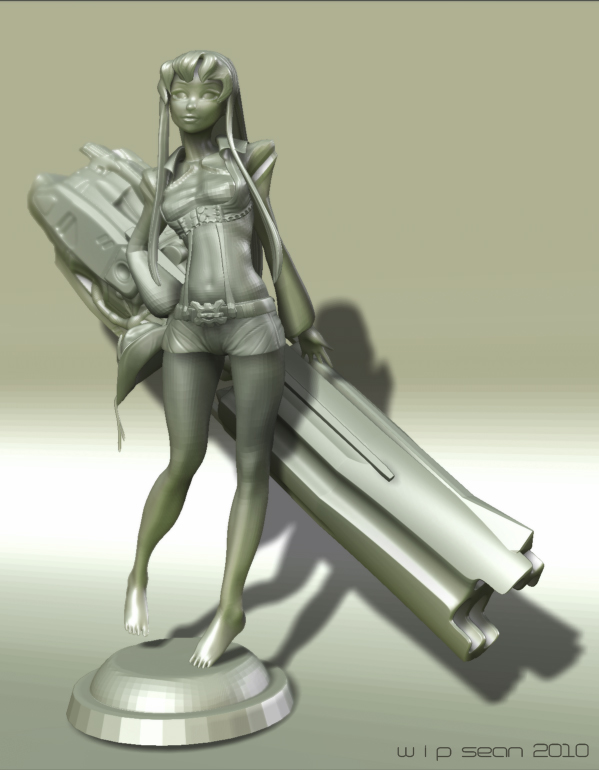 ]
]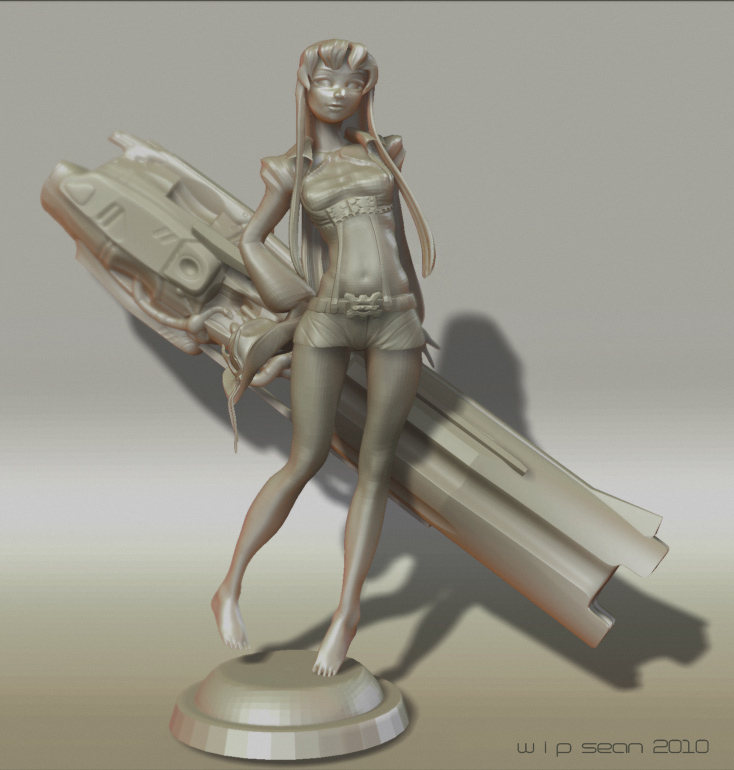
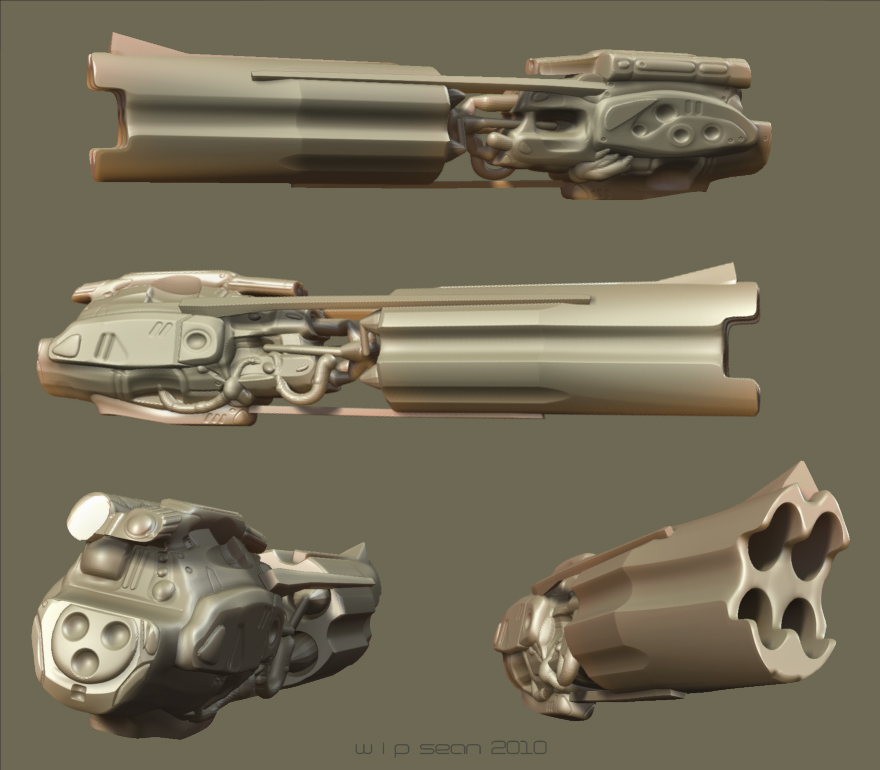
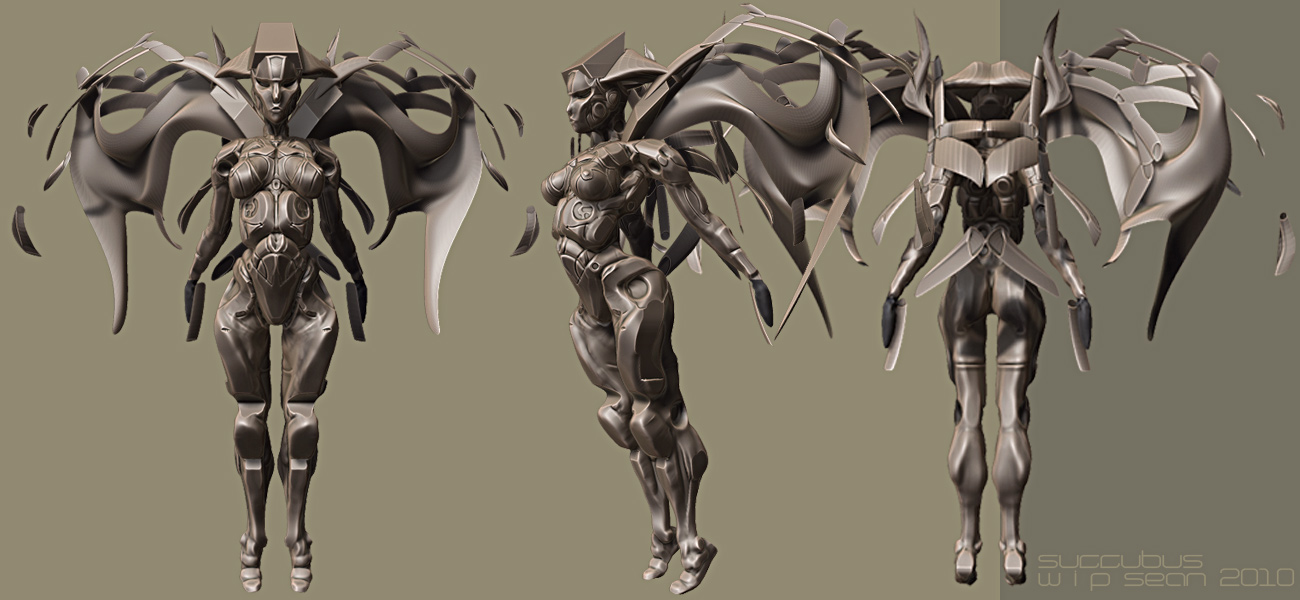 ]
]